Static healthcare: Suburban residents deprived of hospitals
Areas around Golra at high risk of communicable diseases owing to lack of govt health facilities
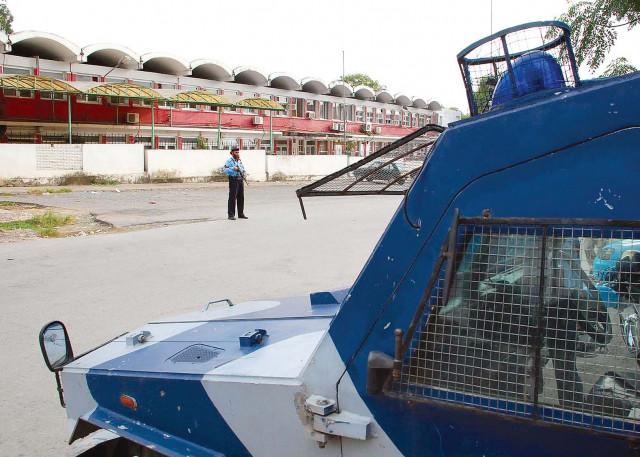
The two-hour journey Safia Bibi makes with her daughter Kiran from Sector G-12 to Polyclinic every week is not just tiresome but also expensive.
Safia is forced to make the trip to seek treatment for her eight-year-old daughter who suffers from upper respiratory tract infection. To her utter disappointment, there are no government hospitals near her neighbourhood that can cater to her family’s health needs in their meagre income.
Even after the strenuous journey, the mother and daughter have to wait for hours for their turn.
Like Safia, around 400,000 to 500,000 people living in the north west of the capital suffer from unavailability of tertiary care hospitals in the area, according to Capital Development Authority (CDA) Director Health Services Dr Hassan Urooj.
The capital’s current healthcare situation reflects that urbanisation is depriving residents from their right to seek affordable medical treatment. New sectors have been developed in the northwest of the capital—G-11, E-11, F-11, E-12, D-12, G-13, G-14— but no new public hospital has been established to cater to needs of its residents and those who cannot afford private hospitals have to travel all the way to the Pakistan Institute of Medical Sciences (Pims) in Sector G-8 or Polyclinic hospital in G-6.
“There aren’t even basic health units (BHU) and rural health centres (RHC) to cater to the health needs of the population living in the north west of the capital,” Urooj said while talking to The Express Tribune.
He revealed that even the lady health workers (LHWs) and lady health visitors do not visit areas beyond Golra Mor which are thus at high risk of becoming a hub of communicable diseases because of poor sanitation and hygienic conditions. He added that LHWs do not visit the places because they claim that areas beyond Golra fall are in the rural category and thus they are not bound to serve there.
“There is a need to focus on the healthcare service in the area because the majority of IDPs who have come from North Waziristan are settled there and pose immense health risks as their children are mostly unvaccinated against preventable diseases,” he said.
Meanwhile, private hospitals and clinics have been mushrooming in the area owing to the dearth of public healthcare facilities.
“It is shocking how easy it is to set a hospital or clinic in Islamabad and that there is no mechanism to monitor the quality of health services,” stated Urooj.
Disintegrated health system
The ongoing rift between CDA and Islamabad Capital Territory (ICT) Administration over ownership of areas beyond Golra is one of the major hurdles in strengthening healthcare facilities.
The situation has worsened more at the federal level after the devolution of the Ministry of Health under the 18th Amendment in 2010. Healthcare departments at the federal level have been divided among different divisions or ministries which has led to a lack of coordination and uniform policies. This is one of the major reasons the capital lacks consolidated data on patient load, disease burden among others.
Currently, there are three public hospitals in the capital — Pims, Polyclinic and CDA Hospital. The first two function under the Capital Administration and Development Division (CADD) and the third under the Cabinet Division.
All the BHUs and RHCs function under the ICT which falls under the Ministry of Interior.
An official at CADD, on the condition of anonymity, said the entire health system at the federal level was suffering due to this division.
“CADD tried to establish Family Health Centres in every sector of the capital especially the ones developed in the north-west to provide healthcare facilities to residents but its Project Concept-1 was refused by some officials saying that CADD was unauthorised to take such an initiative,” said the official.
He added that there was disparity within the capital in terms of providing healthcare services.
ICT Surveillance Coordinator and In-charge Dengue Control Cell Dr Najeeb Durrani informed that one BHU had been constructed near Tarnol in June this year but it has yet to be inaugurated.
“The reason behind this delay is shortage of human resources and other medical equipment,” he said.
Talking to The Express Tribune, Pakistan Tehreek-e-Insaf representative from NA-48, Dr Asad Umar, said “It is sad to see that the government is spending billions of rupees on various projects such as the metro bus and ignoring sectors like health and education which need funds.”
All the BHUs in the capital are in a deplorable condition due to which patients are forced to go to tertiary care hospitals, he said, adding that just by upgrading the BHUs and connecting them with tertiary care hospitals, the federal government can address many health issues being faced by residents of the capital.
Published in The Express Tribune, November 6th, 2014.


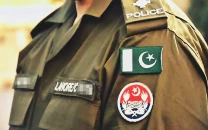
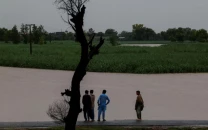

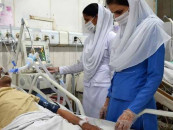
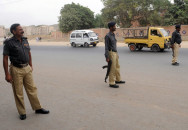












COMMENTS
Comments are moderated and generally will be posted if they are on-topic and not abusive.
For more information, please see our Comments FAQ